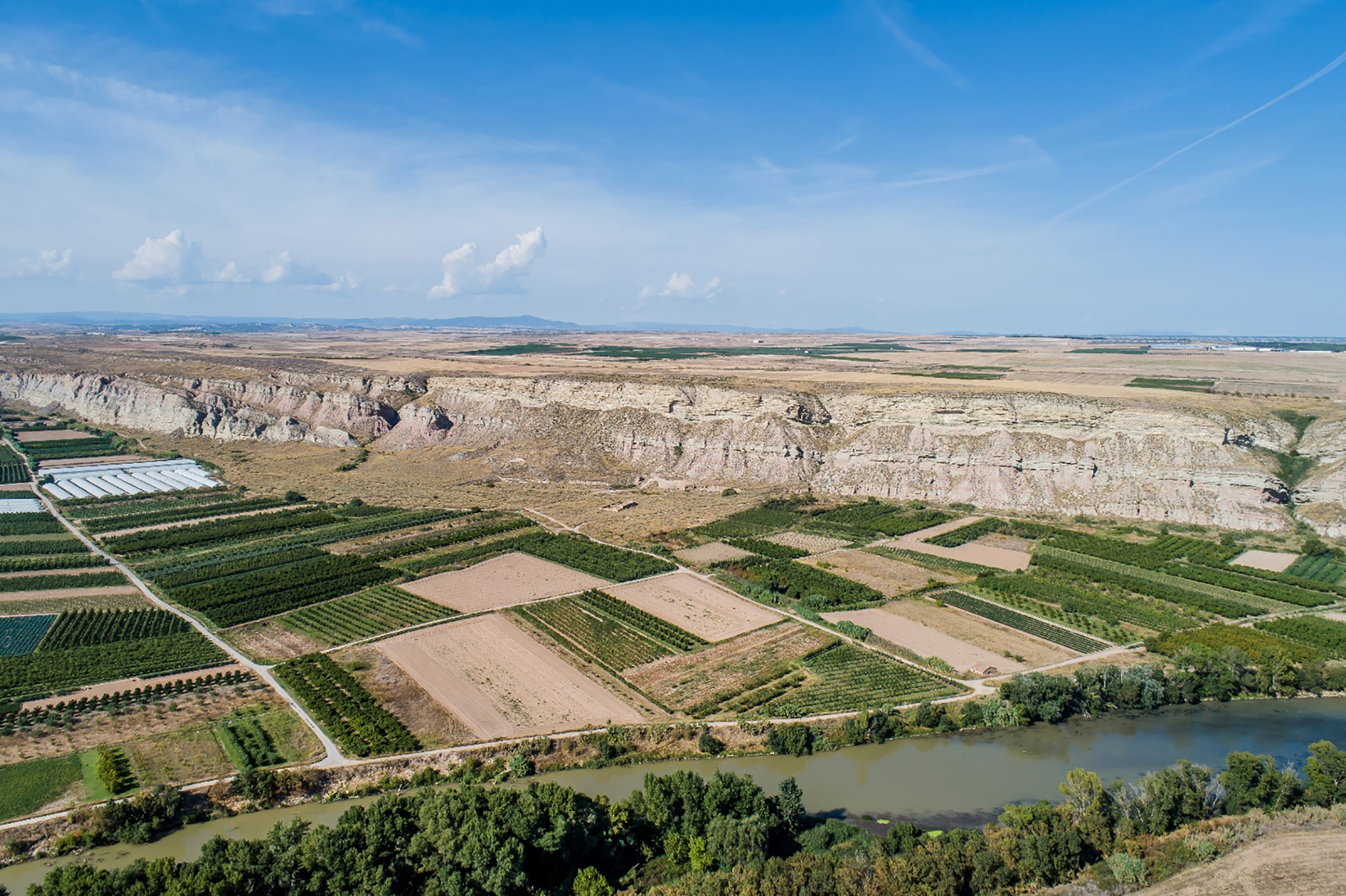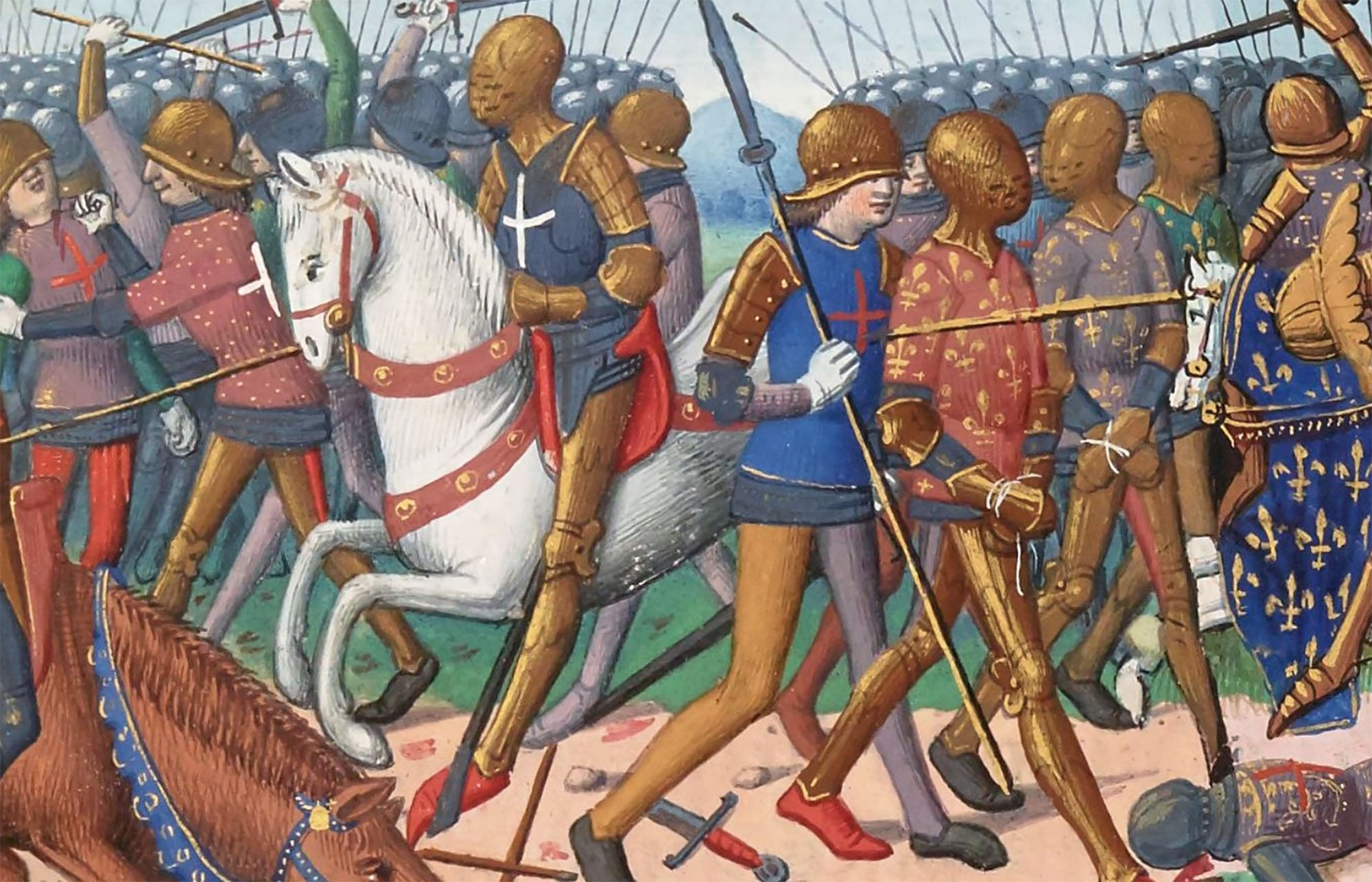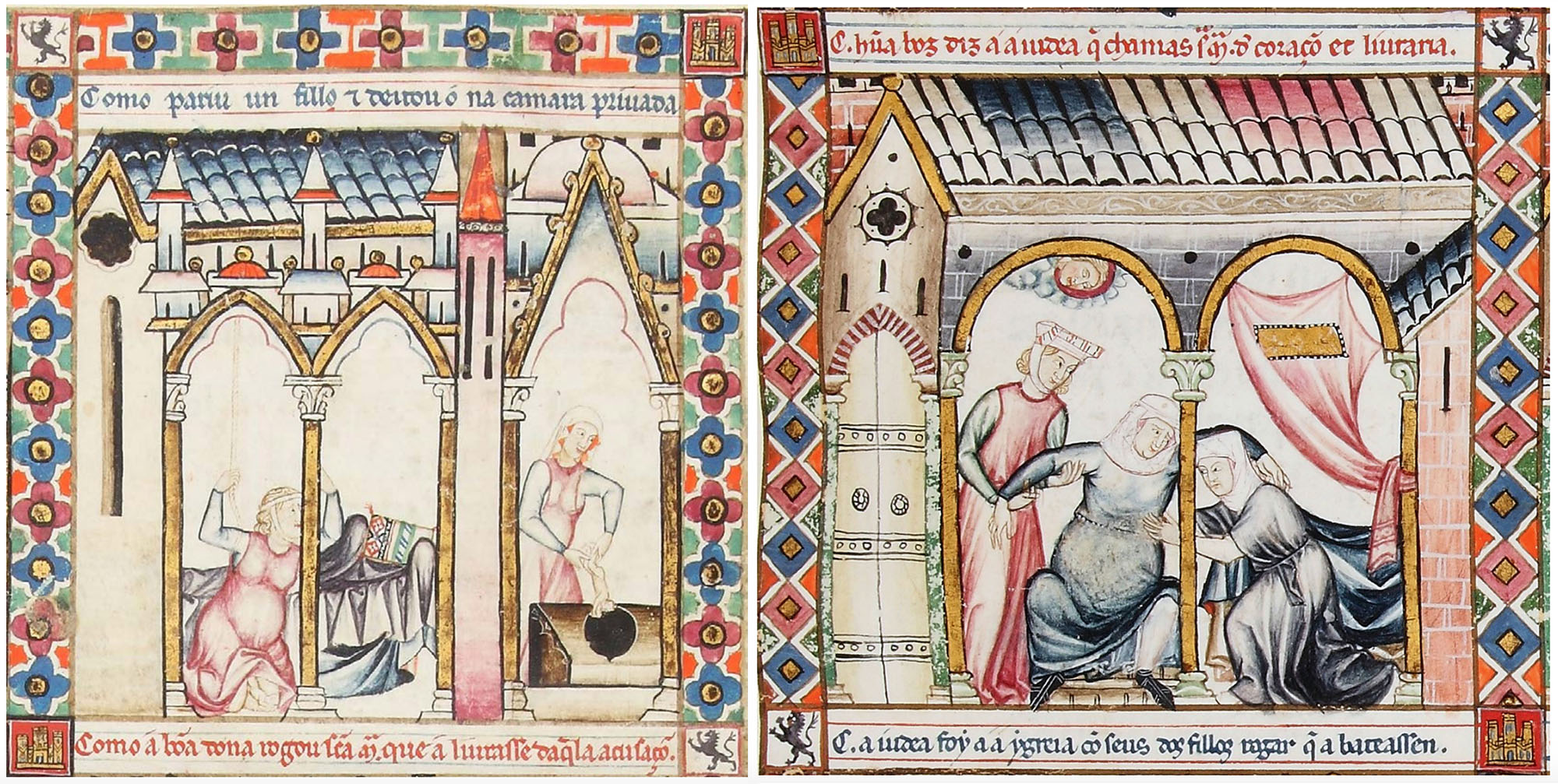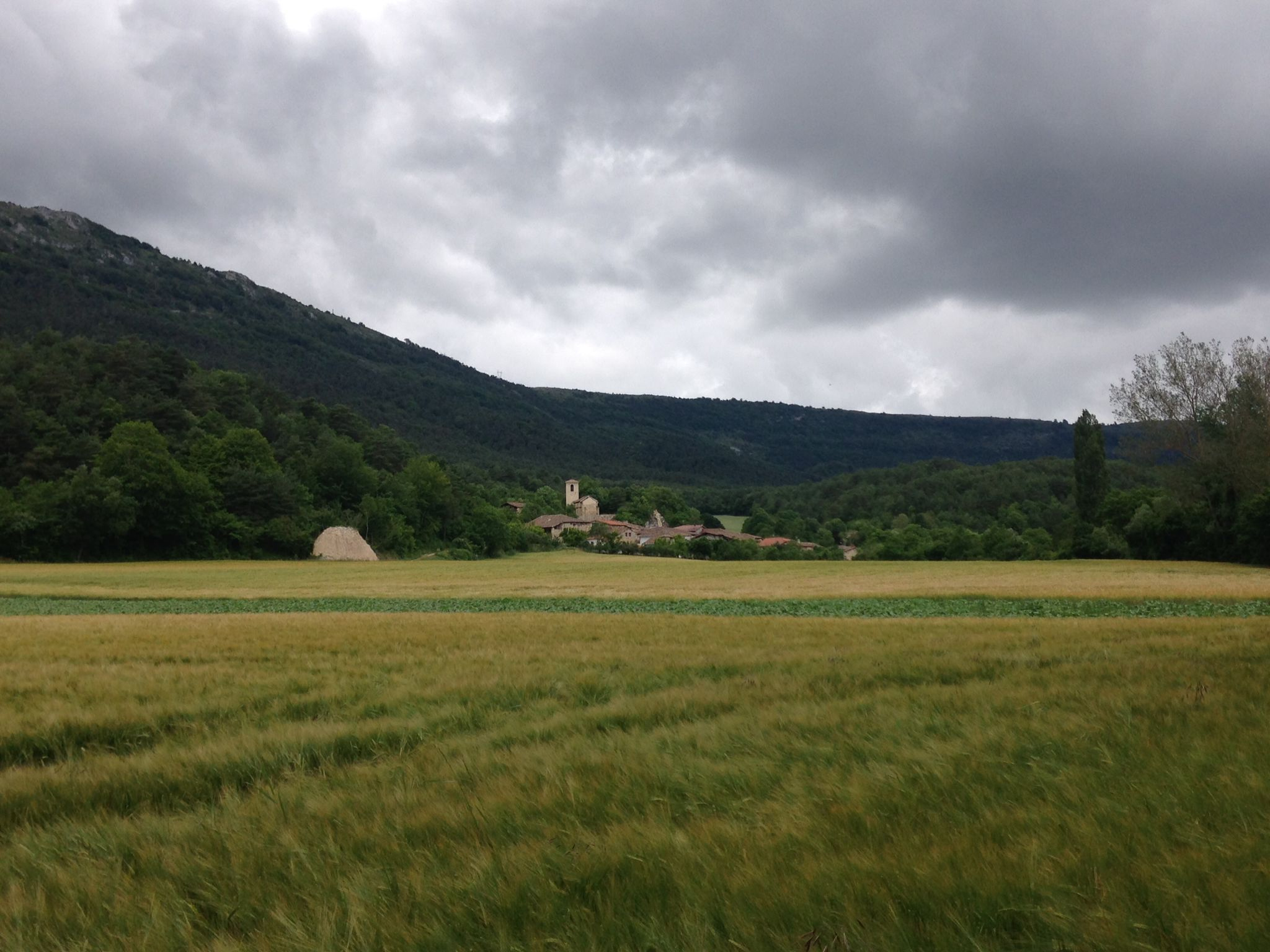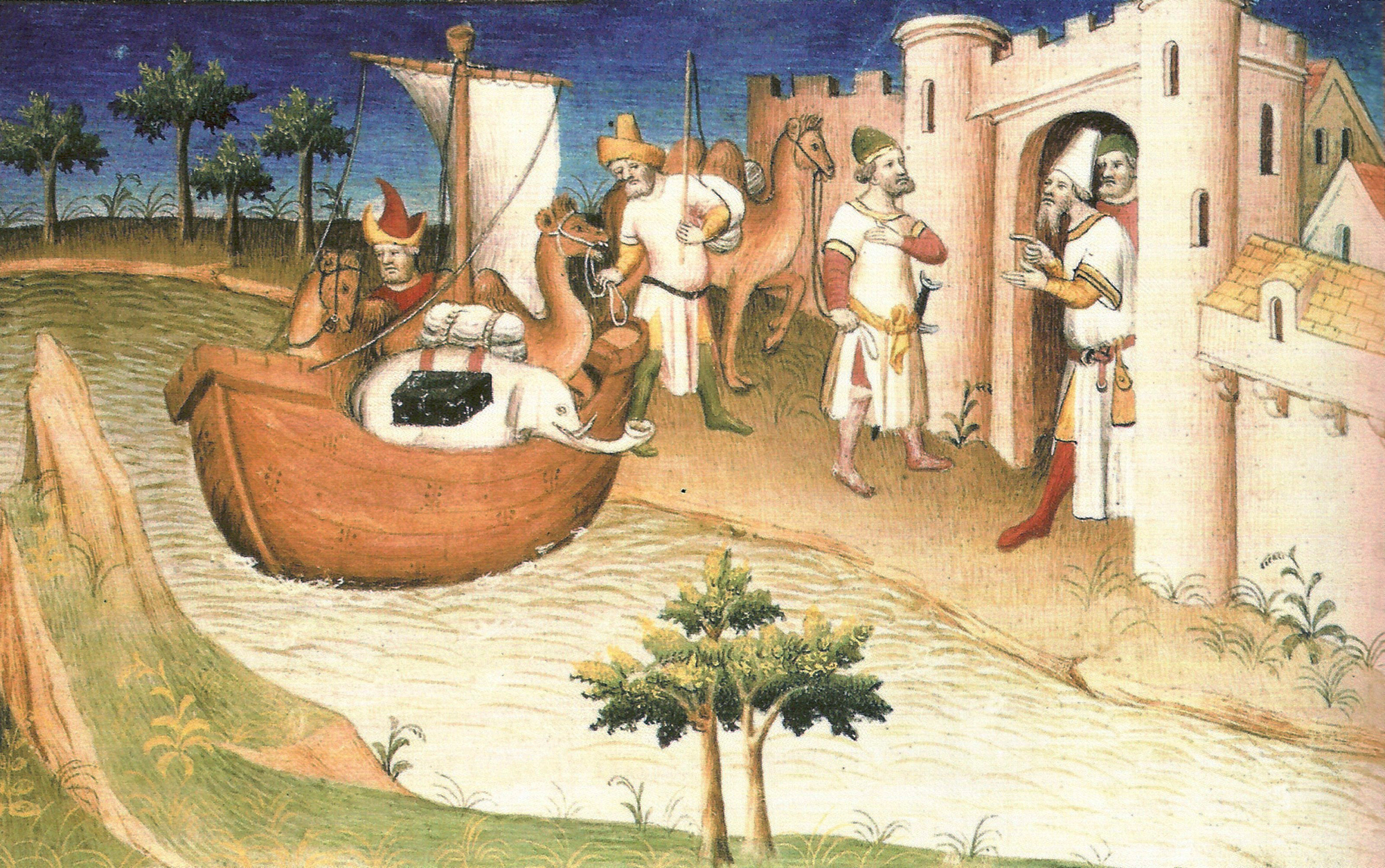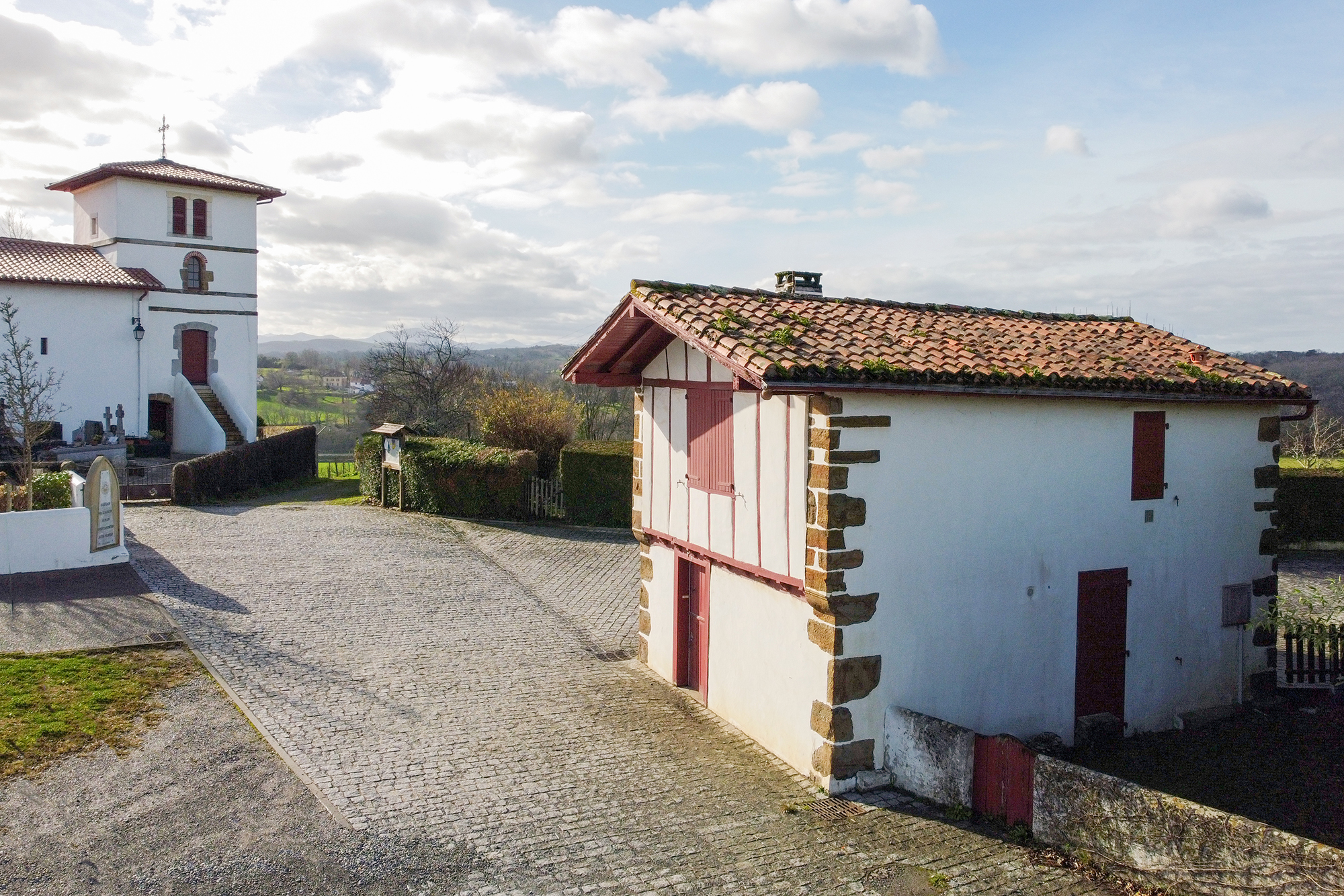Earn Life and Throne in Chess
- Grenada 1391. Yusuf II was named king of the Nazi kingdom after the death of Muhammed V. During his brief mandate he sought to promote the arts and sciences, as well as to stifle internal conflicts. He locked up several relatives and killed them to quell the conspiracies. But in vain, because the rebellion leading immediately after Muhammed's youngest son sat on the throne had called into question his mandate. He barely managed to repel his son's attempt.

The following year, however, in 1392, the Sultan died mysteriously (probably poisoned) and Muhammed took the opportunity to become king.
As his father did, Muhammed VII.aren was his first job, clearing threats to the family and court. The first on the list was his older brother, Yusuf, whom his father had named a successor. He locked his older brother in the castle of Salobreña, about 50 kilometers from the capital of Granada. Yusuf was there for the next sixteen years, the same as Muhammed VII.ak.
In 1408 the Sultan of Granada was ill and, seeing death nearby, decided to unite the succession well. For his son to reign, it was necessary to eliminate the other great candidate, Yusuf. It wasn't enough to be locked in a castle and ordered his brother to be killed.
When Zar's mail reached Salobreña with the death order, Yusuf played chess with the warden. The warden read the letter, taught it to Yusuf and told him that he had no choice but to obey the order. Yusuf said he wanted to see his wife before he died. But they denied him this last wish. The condemned man then asked that at least the chess game in which they were played be put to an end. And the warden accepted it.
The match lasted long and the legend says that Yusuf finally won, with a moving bishop and a matte chess.
Then, when her brother's order was no longer fulfilled, another Granada email came, with a very different message in her hand: Muhammed VII was dead and Yusuf III was named king 14 of the Nazi dynasty.
Japonia, XV. mendea. Espioitzan eta hilketa ezkutuetan espezializatutako eliteko talde militarra sortu zen. Edo horixe uste du behintzat Stephen Turnbull historialari britainiarrak. Beste aditu batzuen ustez, askoz lehenago sortu ziren ninjak, duela 2.300-2.500 urte inguru. Eta... [+]
Zamora, late 10th century. On the banks of the Douro River and outside the city walls the church of Santiago de los Caballeros was built. The inside capitals of the church depict varied scenes with sexual content: an orgy, a naked woman holding the penis of a man… in the... [+]
In the fall of 1415 the battle of Agrincourt erupted between England and France, one of the most decisive wars of the Hundred Years War. To this end, when Henry V, king of England and lord of Ireland, decided to send his army to France that summer, the soldiers landed on the... [+]
Toledo, 1272-1280. Alfonso X of Castile gathered 427 monomedical songs dedicated to the Virgin. The Cantigas de Santa Maria constitute one of the most important musical and literary collections of the Middle Ages, but being decorated with the miniature cantiga, these... [+]
The European Middle Ages are generally depicted as a dark era. We relate it to delay, violence, belief and tyranny. Those who lived that time are considered barbaric and ignorant. Its name is also significant, because it is contemptible: as a time of little importance that... [+]
Venice, 24 April 1459. The monk and cartographer Fra Mauro finished the map of his world in his cartography workshop in the monastery of San Michele in Murano. This work was done on behalf of the Portuguese king Alfonso V.aren and, once the map was completed, it was sent to... [+]
Rome, April 1215. IV. In the Council, the Catholic Church prohibited the surgery of priests and monks, among others. Also in previous councils, Reimsen and Tours, they worked on the issue, arguing that only legataries had to deal with saving souls and that they had to avoid the... [+]
Venice, 8 January 1324. The famous traveler and merchant Marco Polo died at the age of 70. About to die, the people gathered in the area asked him to recognize that what was told in the book Description of the World was a fiction, but the last words of the traveler were: “I... [+]
Até agora considerouse que os estribos e celos fundamentais para o uso dos cabalos inventáronse en China cara aos séculos V ou VIN. Pero na cova de Urd Ulaan Unet, en Mongolia, atópase máis antigo, do século IV. O bidueiro da zona está feito de madeira, polo que non é... [+]











